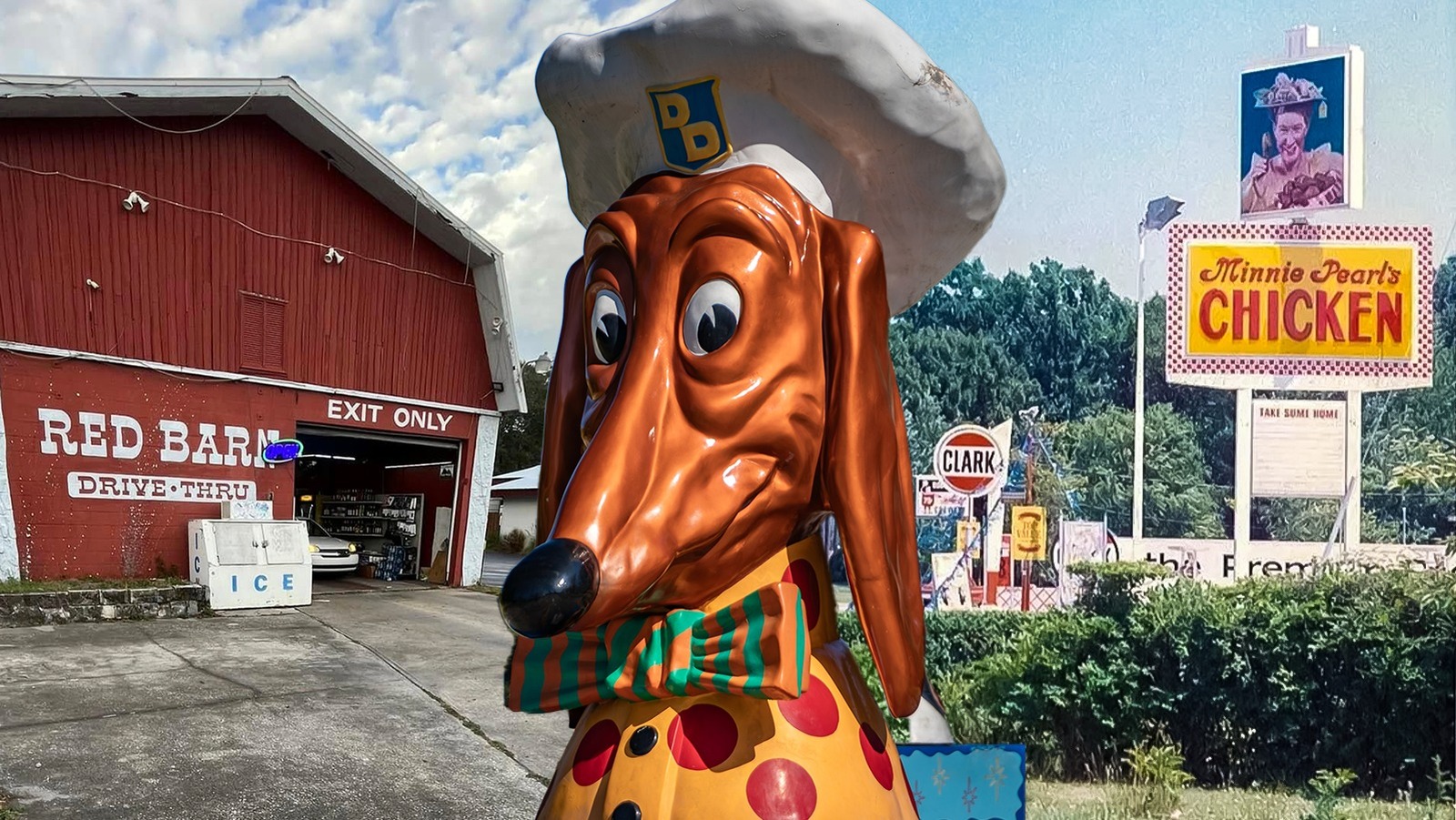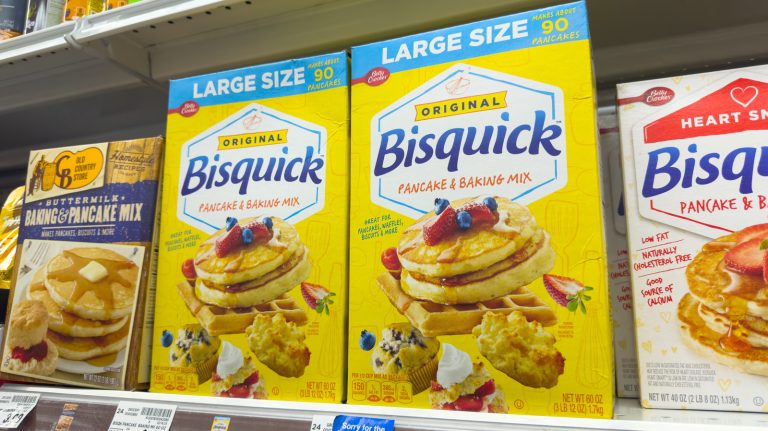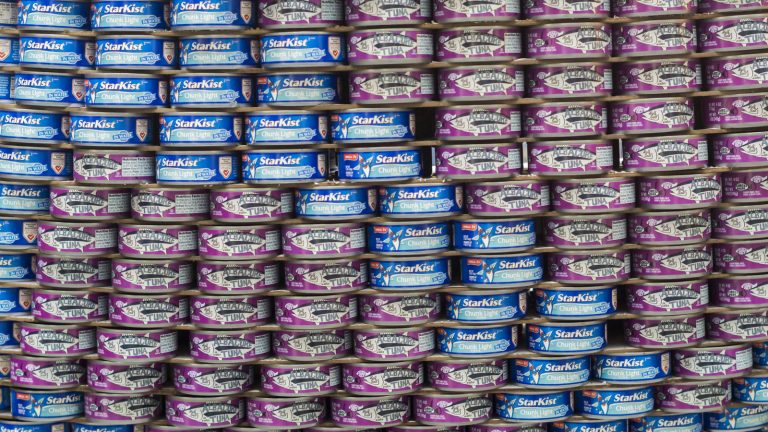Drive-thrus are a wonderful convenience, allowing us to grab a meal without even getting out of the car — which is especially useful when it’s raining! With AI drive-thrus on the horizon, the fast food model is stronger than ever today. But would you believe that they’ve been around for over 100 years, with the original concept being sparked back in the 1920s with a drive-in restaurant called Kirby’s Pig Stand that preceded the first drive-thru at a California Pig Stand? Loads of drive-thrus, with the term often used interchangeably with drive-ins, have come and gone, though some of the original stalwarts are still around today, like Red’s Giant Hamburg.
Red’s is the first-ever recognized drive-thru, which opened in 1947 on Route 66 in Springfield, Missouri, and still operates to this day, but on Route 413, having relocated there in 2019. And then there’s In-N-Out, which was founded in 1948 and is credited with inventing the two-way speaker system that revolutionized the drive-thru experience across the globe. You can still grab a burger there in various cities across the western United States. Both are good, old vintage drive-thrus that deliver nostalgia for many diners.
But then there are those that started with great hopes and crashed and burned, were absorbed into other brands, or just faded into not even a memory. Remember Burger Queen, or Minnie Pearl’s Chicken? What about Doggie Diner? No? We’re not surprised — most of them just fizzled out quietly, leaving the names we know today to carry the baton of drive-thrus. Let’s take a look at five of the most notable vintage drive-thrus no one remembers anymore.
Burger Queen
Burger Queen was founded in 1956 by Harold and Helen Kite in Winter Haven, Florida, as a burgers-n-shakes drive-in that allowed customers to order and eat food without leaving their cars. A nearby amusement park, Cypress Gardens, was the main source of its customers, who loved the oversized cheeseburgers and large, saucy sandwiches. The growing popularity of the drive-in catapulted the business into incrementally opening over 200 restaurants from Florida to Missouri by the 1970s, with the drive-in experience being replaced with drive-thrus.
But from the outset, Burger Queen was beset with challenges ranging from litigation from competitor Burger King over the logo and trademark, to fights with Dairy Queen over the use of “queen” in the name. The brand tried to expand into the United Kingdom in 1979, but again, the word “queen” was problematic, being linked to the royal monarch. So, Burger Queen had to brand its U.K. presence as Huckleberry’s, but these all eventually closed. The chain was also accused of copycatting some of McDonald’s burgers, although there was never any hard evidence to support this.
So, what ever happened to Burger Queen? Eventually, in 1980, the brand made the decision to change the name of 117 of its stores to Druther’s, and adjusted its food offerings to include salad bars, chicken, fish, and breakfasts. The remaining locations that weren’t rebranded were absorbed into the Dairy Queen fold in a joint venture partnership. Even then, the existing Druther’s stores didn’t do well and were sold off one by one. Only one Druther’s spot remains today, in Campbellsville, Kentucky.
Doggie Diner
If you’ve visited Ocean Beach in San Francisco, you’ll know that there’s a massive fiberglass dachshund head that lives there, wearing a chef’s hat and sporting a big blue and white bowtie. This doggie head mascot is a city landmark, declared as such in 2006, but did you know that it is the last remnant of what used to be a drive-thru diner? Doggie Diner started its journey back in 1948, when it was founded by Al Ross in Oakland, California.
Ross, a former amateur boxer, was all about high-quality ingredients, which is what firmly established Doggie Diner in its customers’ esteem, especially the chili cheese hot dog and hot pastrami sandwich. This grew the chain to around 30 restaurants by 1969, with most stores being open 24 hours, every day of the week. But it ended up being the cartoon-like dog heads that so endeared the public to the brand that paved the way for the chain’s downfall. In the mid-’60s, San Fran zoning put out an ordinance prohibiting rotating signs, and at the same time, mainstream culture started shifting away from the Earth-harming plastic vibe and toward going natural.
This goes to show what a huge impact public opinion has on businesses, because Doggie Diner began seeing dwindling customers drive past its service windows to eat their meals below the watchful eyes of the doggie mascot. Then Burger King and McDonald’s arrived on the scene, and competition from these big brands that sold similar meals for less snuffed out the final flames of Doggie Diner. It closed its last drive-thru in 1986. But we hear that Doggie Diner may be heading for a revival in Napa Valley — so watch this space.
Minnie Pearl’s Chicken
If you know the little line “How-dee! I’m just so proud to be here!” and recognize a big, flowery hat with a price tag hanging down the side of it, you’ll be familiar with Minnie Pearl. The American entertainer-comedian featured on the TV show “Hee Haw,” and also performed at the Grand Ole Opry in Nashville for half a century. But did you know that she was also the name behind the drive-thru that was considered one of the biggest flops in franchising history?
Just the name, mind you, as she wasn’t involved in the business itself. That was started by attorney and entrepreneur John Jay Hooker — with his brother Henry — who saw the leaps of growth in the big chain KFC and wanted in on the big bucks that KFC and Colonel Sanders were generating. But Hooker didn’t want to start slow, so he convinced Minnie Pearl to lend her name to the franchise. And so Minnie Pearl’s Chicken was started, in Davenport, Iowa, in 1969. Hooker was deeply involved in politics, and aimed to run for president of the United States, so this is where his know-how lay.
He sold the concept of Minnie Pearl’s Chicken so well that in the first year of the brand’s existence, it had 40 restaurants operating, 100 being built, and 300 being developed. Eventually, though, his lack of experience in the food and beverage sphere came through, and restaurants began dropping like flies. There were also some shaky dealings in the background that were under investigation, and everything combined led to the fried chicken chain that almost tasted greatness closing just two years after being founded.
The Red Barn
Another ’60s baby, The Red Barn was founded in Springfield, Ohio, with some reports suggesting that it opened in Columbus. Characterized by its big, barn-shaped buildings, Red Barn started out as a gift shop and eatery inside Robert C. Norman’s father’s grocery store, before the first standalone restaurant was opened in September 1961. Red Barn became a firm family-favorite, offering, amongst other things, a meal of three pieces of fried chicken with fries, coleslaw, and a bread roll for 99 cents.
Red Barn was probably most well-known for its iconic Big Barney sandwiches, which were hunger-busting double-decker burger-type sarmies boasting two beef patties, cheese, tomato, and lettuce, doused with a signature Red Barn sauce. It was also one of the first spots to offer self-service salad bars, which experienced their own rise and fall. There were no big dramas or public spectacles that led the drive-thru to disappear, just old-fashioned competition from big boys like Burger King and McDonald’s that started the chain on its downward slide in the 1970s to closure in the ’80s.
Financial difficulties led the 400-strong chain to close its restaurants one by one, with some buildings being sold and repurposed, and other outlets being converted into McDonald’s stores. In 1986, Red Barn filed for bankruptcy, and that’s where the physical presence of the barns ended. But the Red Barn legacy lives on in nostalgic memories shared on a dedicated Facebook page, and if you visit Racine, Wisconsin, and pop into The Farm restaurant, you’ll get most of the old Red Barn’s menu and a journey back in time to a similar decor and setup. Red Barn also found its way onto our list of 15 failed restaurant chains we actually miss.
The Pig Stand
We left the best for last, because The Pig Stand is considered the father and inspiration of all drive-thrus. Starting as a little drive-in spot in Texas in 1921, The Pig Stand was first called Kirby’s Pig Stand or Texas Pig Stand (with a big focus on barbecued pork dishes), with Jesse Kirby capitalizing on the explosion of popularity in, and ownership of, automobiles in the 1920s by creating this drive-in destination that offered food brought straight to the car by “tray boys.”
It was a very smart business model that Kirby followed, which further observed diners’ demand for faster service and greater efficiency, without having to leave their cars, and so introduced roller skates for its carhops to zip between patrons and the kitchen. The chain exploded, and by 1932, there were over 100 Pig Stands across Texas. The Depression and World War II slowed growth, but The Pig Stand held on and slowly started to climb back — not expanding, but rather improving its existing offerings. In fact, The Pig Stand is even credited with inventing the thick, buttery classic, Texas toast.
But then the big C hit again — competition. Drive-thru brand Sonic launched in Oklahoma in 1953 and offered even faster service, as well as using the two-way speaker system, which The Pig Stand didn’t have. It was downhill from there, with the old-school brand getting into battles with other brands over naming rights of certain dishes, and losing customers to competitors. The final squeal was in 2006, when the chain filed for bankruptcy and closed its doors for good. The last remaining Pig Stand in San Antonio closed in 2023.





